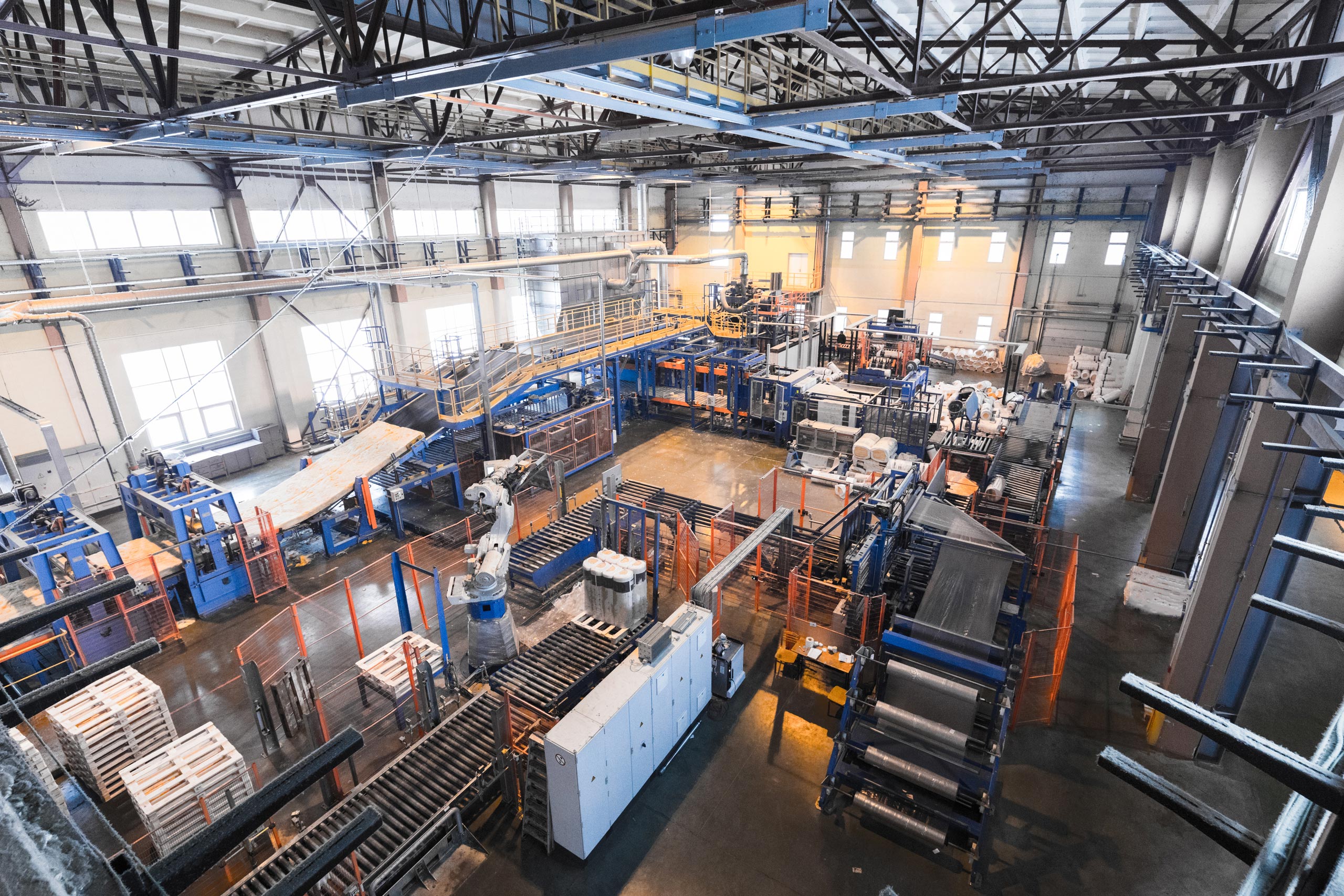
Duration: 0.25 Hrs
Course Level: Intermediate
Languages: English, Portuguese, French, Polish, Russian
Capability: Audio, Video, MobileReady
In a hydraulic system, pressure applied anywhere to a contained, incompressible fluid is transmitted undiminished throughout the fluid. This course is an introduction to hydraulic systems and their uses. It covers hydraulic theory, common components, what mechanical advantage is, and how hydraulic fluid is contaminated.
By the end of this course, you will be able to:
Duration: 0.25 Hrs
Course Level: Intermediate
Languages: English, Portuguese
Capability: Audio, Video, MobileReady
In a hydraulic system, pressure applied anywhere to a contained, incompressible fluid is transmitted undiminished throughout the fluid. This course covers the purpose and function of the major equipment used in a typical hydraulic system.
Duration: 0.25 Hrs
Course Level: Intermediate
Languages: English, Portuguese
Capability: Audio, Video
In a hydraulic system, pressure applied anywhere to a contained, incompressible fluid is transmitted undiminished throughout the fluid. This course covers the purpose and function of the valves and various components used in a typical hydraulic system to control pressure, transmit fluid, and filter contaminants.
Duration: 2.00 Hrs
Course Level: Intermediate
Languages: English
Capability: Audio, Video, MobileReady
This course is designed to familiarize participants with the various types of actuators that are used in hydraulic systems. After completing this course, participants should be able to describe the basic components and operation of common types of single-acting cylinders, double-acting cylinders, vane motors, gear motors, piston motors, and partial rotation actuators.
Duration: 2.00 Hrs
Course Level: Intermediate
Languages: English
Capability: Audio, Video, MobileReady
This course is designed to familiarize participants with typical procedures for removing, inspecting, reassembling, and reinstalling hydraulic system components. After completing this course, participants should be able to describe how to remove, inspect, reassemble, and reinstall hydraulic valves, pumps, and cylinders.
Duration: 2.00 Hrs
Course Level: Intermediate
Languages: English
Capability: Audio, Video, MobileReady
This course is designed to familiarize participants with hydraulic system schematic diagrams. After completing this course, participants should be able to interpret symbols that are used on hydraulic system schematic diagrams and use schematic diagrams to trace fluid flow through various types of hydraulic circuits.
Duration: 2.00 Hrs
Course Level: Intermediate
Languages: English
Capability: Audio, Video, MobileReady
This course is designed to familiarize participants with the fluid used in hydraulic systems and with the basic functions and uses of filters and strainers, reservoirs, conductors, and accumulators. After completing this course, participants should be able to describe the functions, characteristics, and types of fluid that may be used in hydraulic systems. They should also be able to describe typical uses of filters and strainers, describe the components and accessories of typical reservoirs, describe various types of conductors and fittings, and describe the basic functions and common uses of accumulators in hydraulic systems.
Duration: 2.00 Hrs
Course Level: Intermediate
Languages: English
Capability: Audio, Video, MobileReady
This course is designed to familiarize participants with the principles of hydraulic system operation and with the components and operation of some typical hydraulic circuits. After completing this course, participants should be able to explain how force is transmitted through a liquid and how pressure and flow are related in a hydraulic system. They should also be able to describe the main components and basic operation of several types of hydraulic circuits.
Duration: 2.00 Hrs
Course Level: Intermediate
Languages: English
Capability: Audio, Video, MobileReady
This course is designed to familiarize participants with the various types of pumps that are used in hydraulic systems. After completing this course, participants should be able to describe the basic components and operation of common types of gear pumps, vane pumps, and piston pumps.
Duration: 2.00 Hrs
Course Level: Intermediate
Languages: English
Capability: Audio, Video, MobileReady
This course is designed to familiarize participants with tasks associated with the routine maintenance of hydraulic systems. After completing this course, participants should be able to describe general considerations associated with routine maintenance. They should also be able to describe procedures for performing external inspections and for maintaining some system components.
Duration: 2.00 Hrs
Course Level: Intermediate
Languages: English
Capability: Audio, Video, MobileReady
This course is designed to familiarize participants with general steps for analyzing problems in hydraulic systems. After completing this course, participants should be able to explain how to identify problems in hydraulic systems and describe common problems associated with hydraulic system components.
Duration: 2.00 Hrs
Course Level: Intermediate
Languages: English
Capability: Audio, Video, MobileReady
This course is designed to familiarize participants with the basic design and operation of various types of valves used in hydraulic systems. After completing this course, participants should be able to describe the functions of flow and pressure in a hydraulic system; and identify and describe various types of manually adjusted valves, sliding spool valves, and spring-biased valves. They should also be able to describe various ways in which valves can be actuated.
Duration: 2.00 Hrs
Course Level: Intermediate
Languages: English
Capability: Audio, Video, MobileReady
This course is designed to familiarize participants with the functions performed by various types of valves used in hydraulic systems. After completing this course, participants should be able to describe how valves control flow rate, flow direction, and pressure in a hydraulic system. They should be able to describe the basic operation of a pressure-compensated flow control valve, a temperature-compensated flow control valve, various types of flow control circuits, a pressure reducing valve, a relief valve, a sequence valve, and a counterbalance valve.